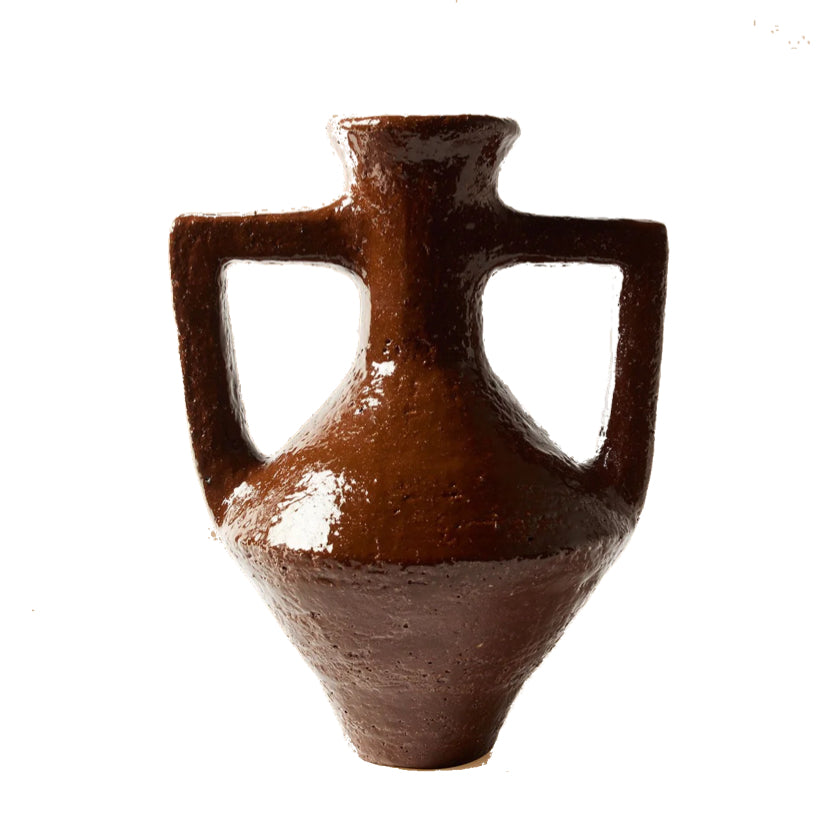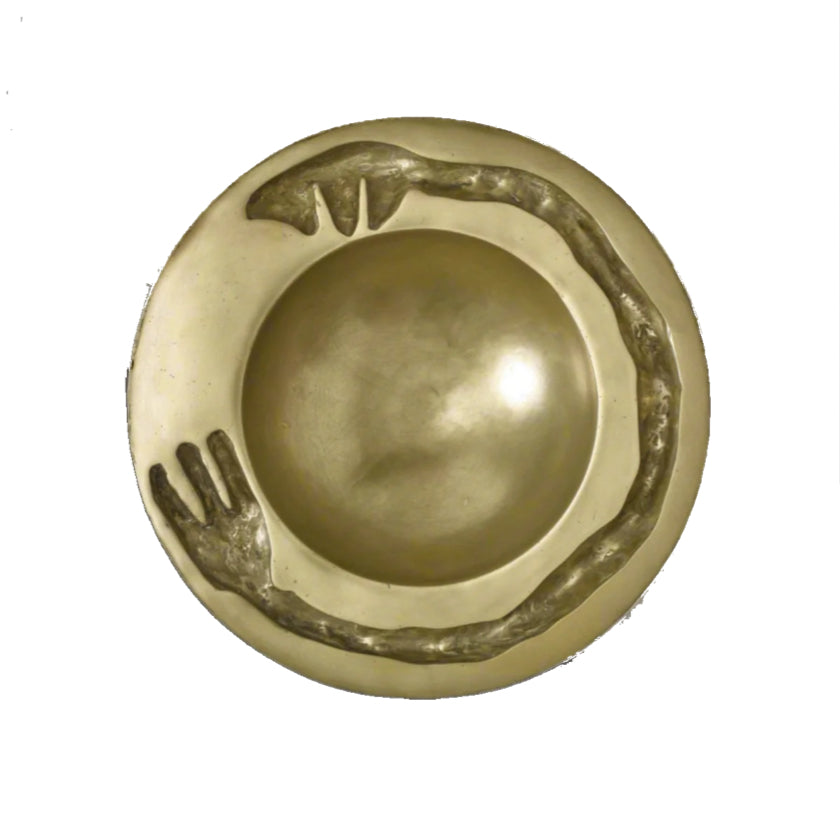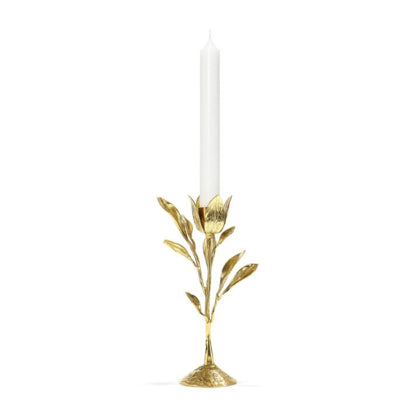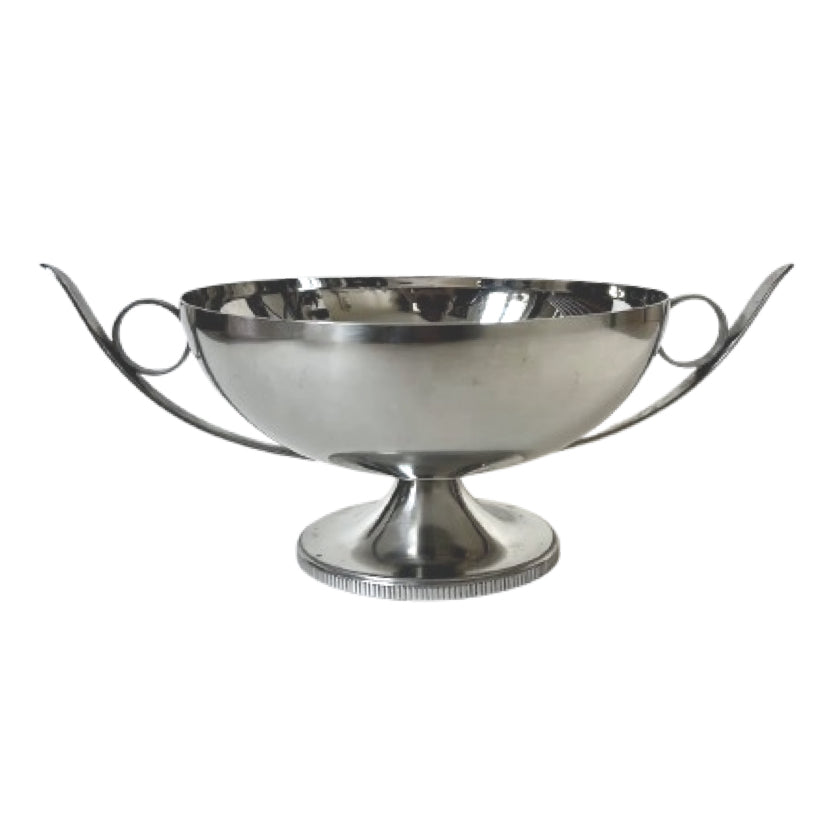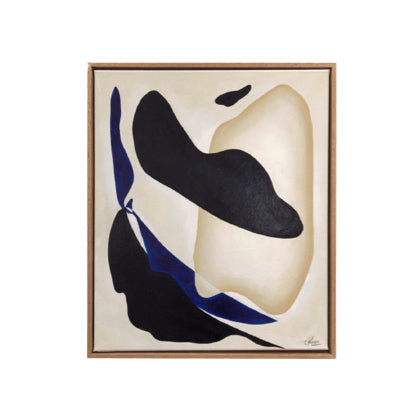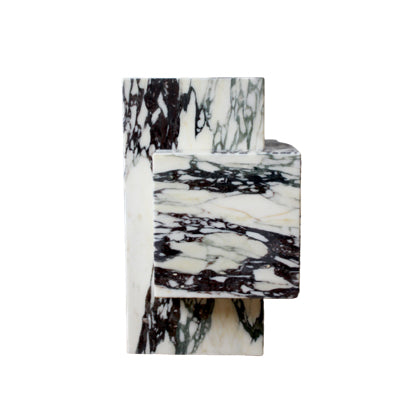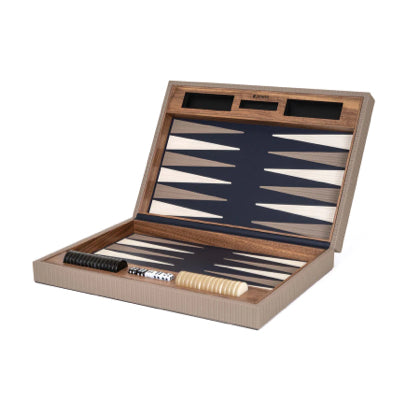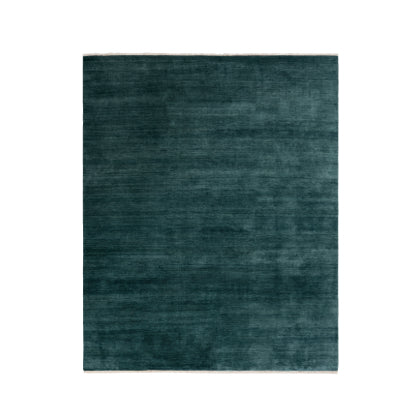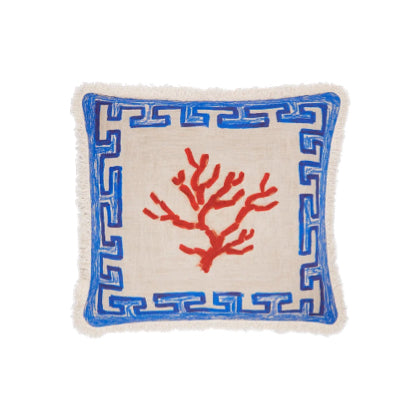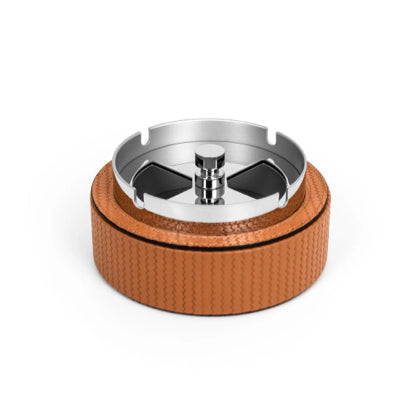Article deco
Understanding the Philosophy Behind Article Deco
This collection showcases timeless designs that continue to inspire and engage, making it a perfect addition to your modern home decor. Our aim is to highlight the beauty and craftsmanship inherent in each piece, inviting you to appreciate the details that often go unnoticed in a fast-paced world.
In article deco, we see a meticulous fusion of vintage charm and modern sensibility. Each carefully chosen item embodies a unique narrative, crafting a cohesive aesthetic that invites conversation and admiration. Our passion for this style is evident in the way we curate pieces that not only serve a functional purpose but also act as focal points. By blending various elements of design, we aim to create an atmosphere that feels both sophisticated and inviting.
The evolution of article deco over the years has been fascinating, as it adapts to contemporary tastes while honoring its rich heritage. This collection showcases timeless designs that continue to inspire and engage. Our aim is to highlight the beauty and craftsmanship inherent in each piece, inviting you to appreciate the details that often go unnoticed in a fast-paced world. The allure of this style lies in its ability to be both eclectic and cohesive, allowing for personal expression within your home.
Furniture design has a rich history that reflects broader cultural and architectural movements. From the ornate styles of the Baroque period to the minimalist approaches of modernism, each era has contributed distinct characteristics to the evolution of furniture. The craftsmanship involved often aligns with the prevailing architectural styles, showcasing how furniture is not just functional but also a vital part of interior design. Artisans have historically used materials like wood, metal, and fabric to create pieces that serve practical needs while also elevating the aesthetic of a space.
The significance of furniture extends beyond mere utility; it embodies social status and personal expression. In many cultures, the design of furniture reflects the values and lifestyles of its time. For instance, the simplicity of Scandinavian furniture highlights functionality and minimalism, while traditional Japanese furniture emphasizes harmony with nature. By understanding these nuances, one can appreciate how furniture serves as a dialogue between art and daily life, influencing both the environment and the individuals who inhabit it.
Architecture forms the backbone of any space, influencing not only its layout but also the overall ambiance and functionality. When styling interiors, it’s essential to consider how furniture interacts with architectural elements like windows, doors, and ceilings. The choice of materials and colors can enhance the architectural features, creating a harmonious environment. For instance, pairing sleek, modern furniture with exposed brick walls can create a striking contrast, highlighting both the furniture's design and the architectural integrity of the space.
Incorporating architectural elements into your interior design can also elevate the aesthetic appeal. Consider using furniture that complements the lines and shapes of your architecture. For instance, if your space features ornate crown molding, selecting classic furniture pieces can enhance that traditional elegance. Conversely, in minimalist architecture, a selection of bold, contemporary furniture can provide a dynamic juxtaposition. Pay attention to scale as well; oversized furniture can overwhelm a small room, while delicate pieces might get lost in a vast space. The right balance is crucial.

